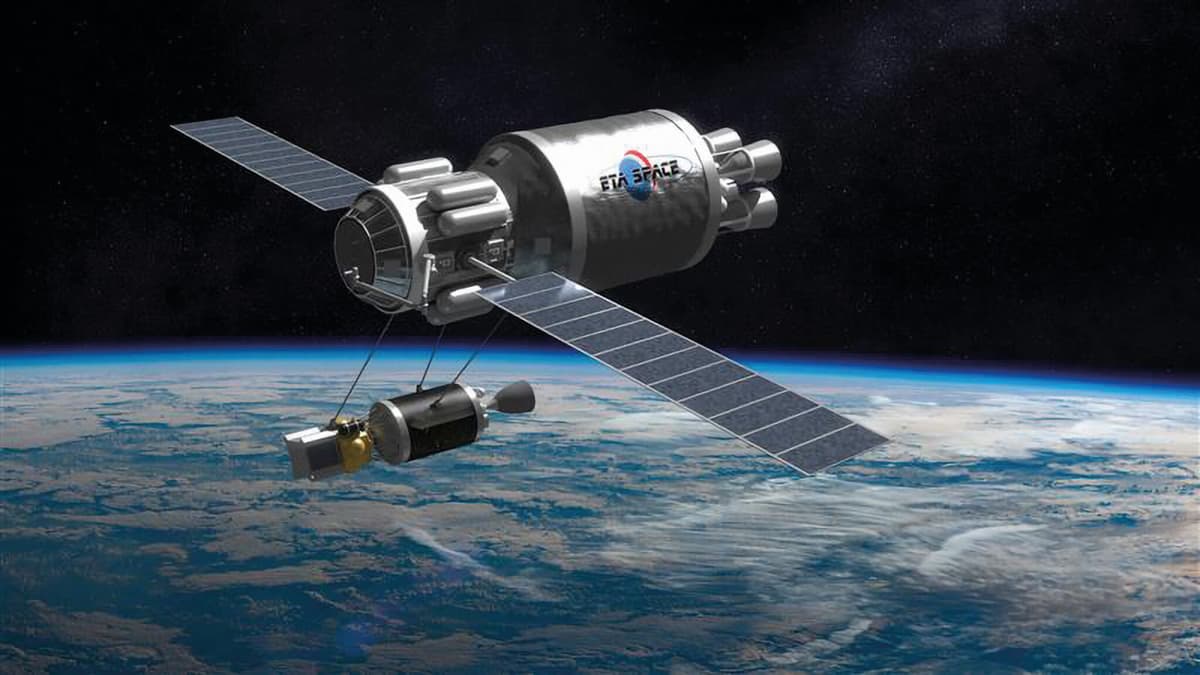Innovative Solutions for Cryogenic Propellant in the Growing Global Space Economy
Key Ideas
- The global space economy is projected to exceed $1.8 trillion annually by 2035, driven by increasing demand for satellite services and commercial satellites in low Earth orbit.
- Cryogenic fluids like liquid hydrogen and liquid oxygen are crucial for propulsion and cooling in spacecraft, leading to a growing need for efficient cryogenic systems.
- Companies like Eta Space are pioneering innovative solutions to minimize cryogenic propellant losses during storage and transfer, with successful ground tests and upcoming space missions.
- Innovations in cryogenic technologies not only aim to reduce costs and improve efficiency but also have the potential to extend satellite lifespans, reduce space debris, and enable new mission architectures.
The global space economy is on a rapid growth trajectory, with McKinsey & Co. estimating its value to surpass $1.8 trillion annually by 2035. This expansion is primarily fueled by the increasing demand for satellite internet, Earth observation, national security services, and the surge in commercial satellites in low Earth orbit. The shift towards private investments in the space sector is creating new opportunities beyond rockets and satellites, emphasizing the importance of critical systems like cryogenic fluids for propulsion and cooling. As spacecraft venture into longer missions and operate in harsher conditions, the significance of cryogenics continues to rise. Companies are now racing to meet industry demands, with a particular focus on addressing cryogenic propellant losses during storage and transfer. Eta Space, led by Dr. William Notardonato, has successfully achieved zero boil-off storage and transfer on the ground, aiming to replicate this in space through the upcoming LOXSAT mission in 2026. This mission will test the viability of liquid oxygen storage and transfer in low Earth orbit, with the goal of storing LOX for nine months with zero loss. Beyond operational efficiency, innovations in cryogenic technologies have the potential to extend satellite lifespans, reduce space debris, and enable new mission architectures. Eta Space is also working on developing the first commercial cryogenic propellant depot in space, known as Cryo-Dock, which could revolutionize satellite servicing and mission sustainability.
